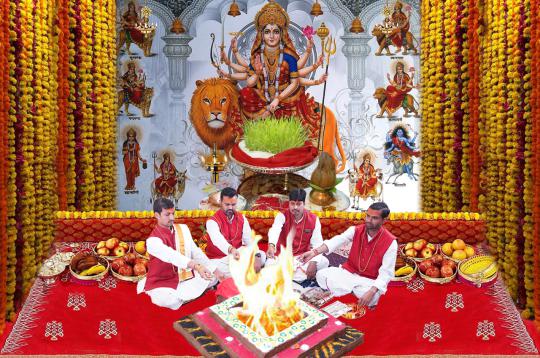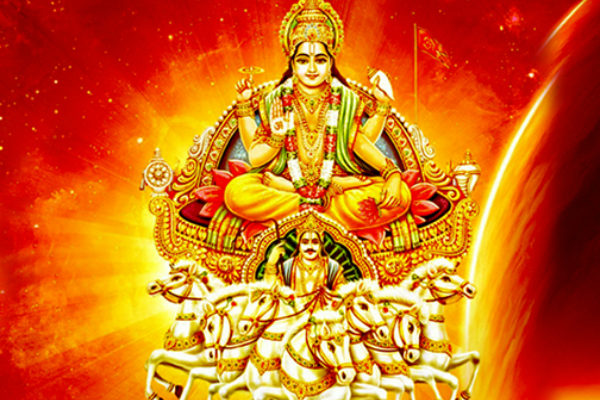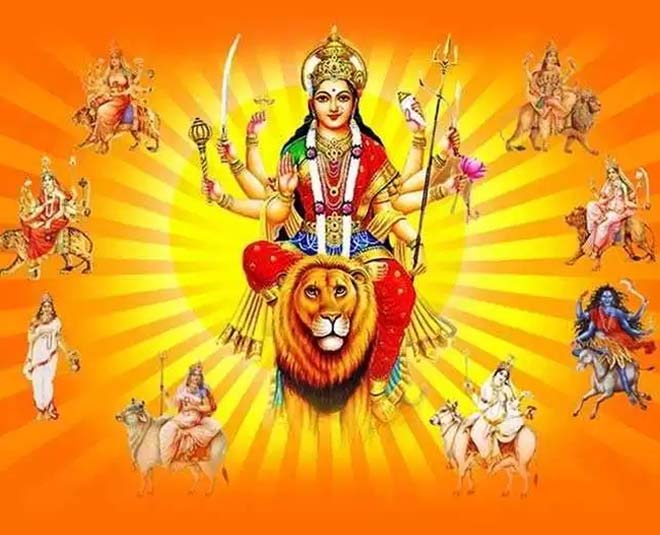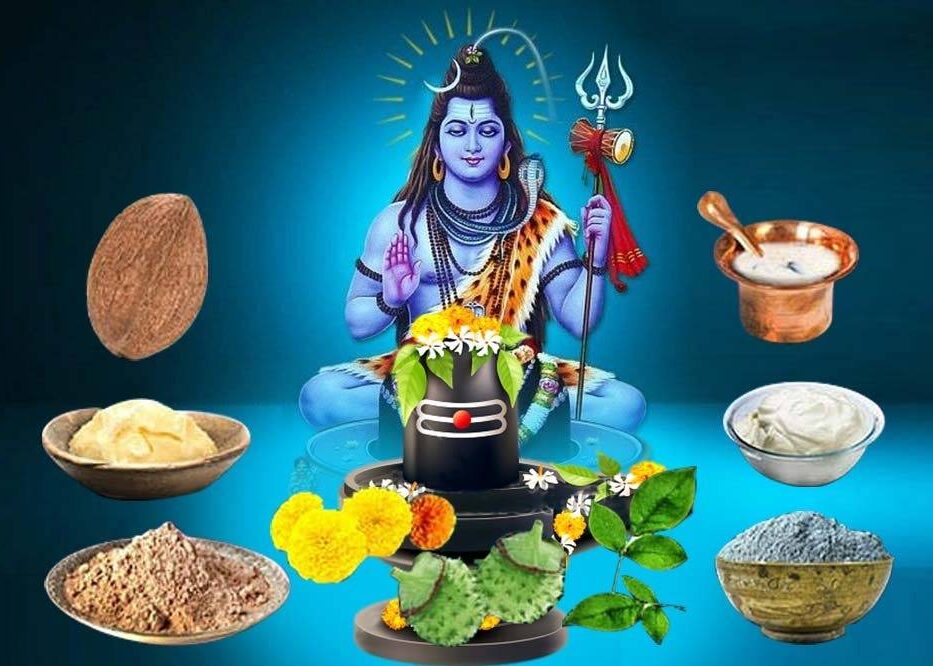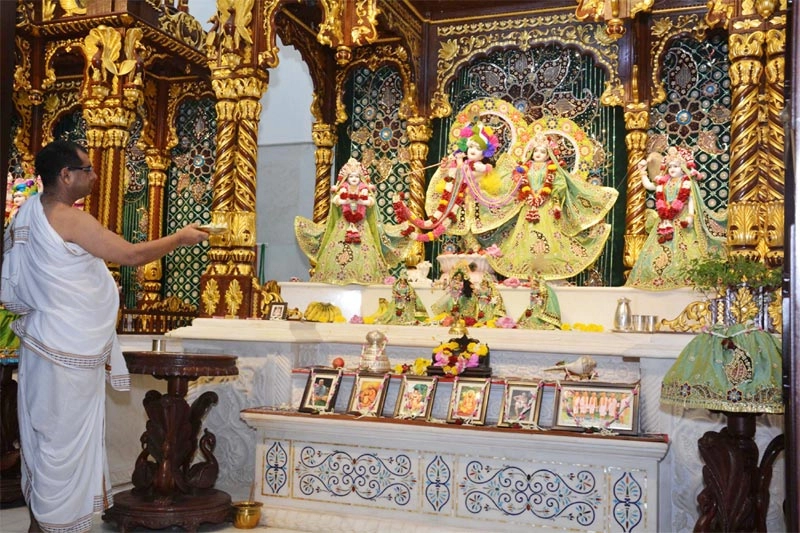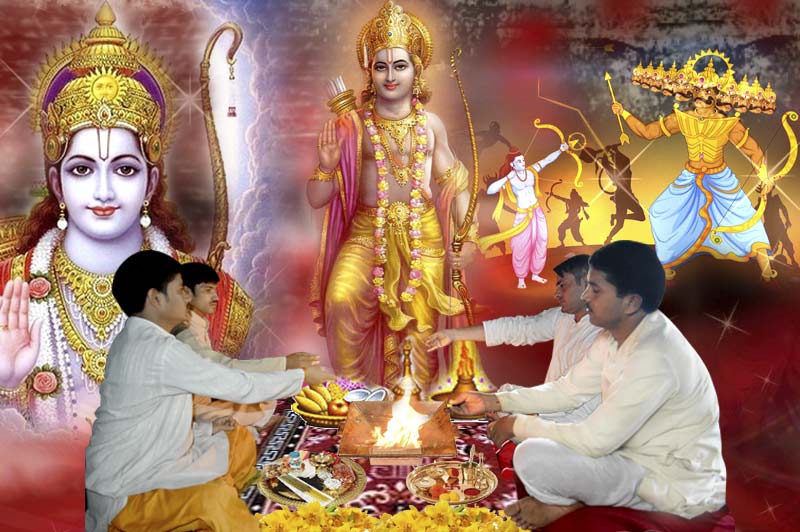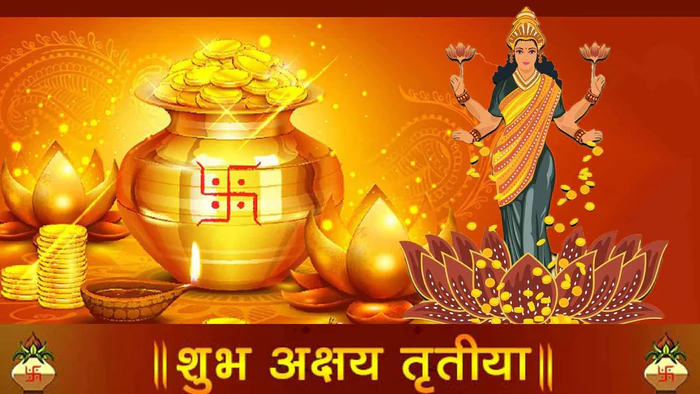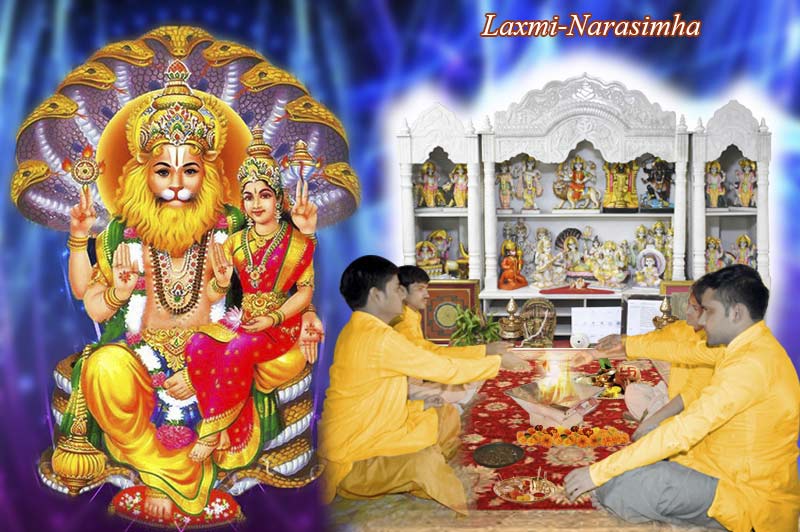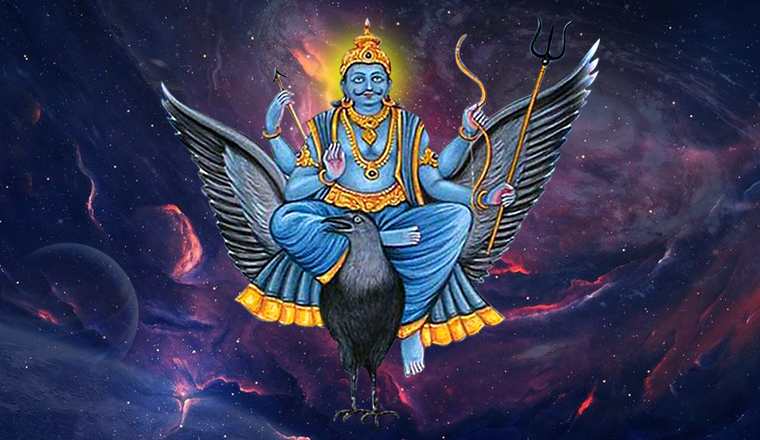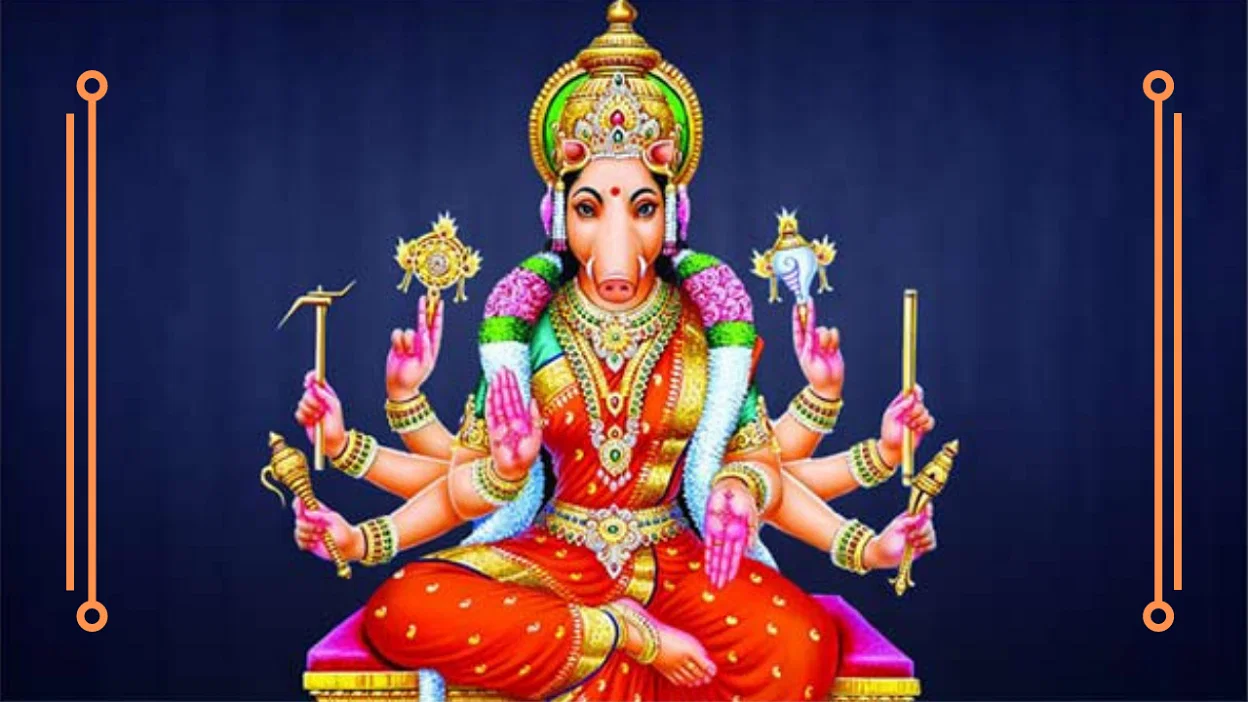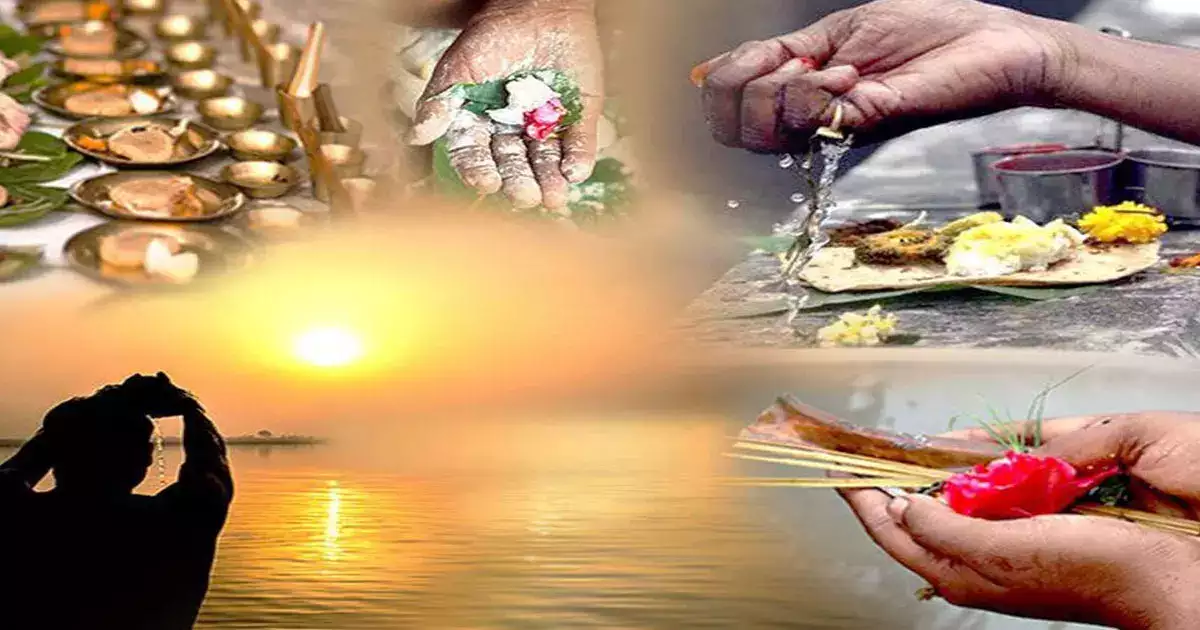

Pitru Paksha Shradh Mahapuja 2nd Oct 2024
Inhouse product
-
Rs7,100.00
Rs7,500.00 -
Rs4,635.90
Rs5,151.00 -
Rs6,900.00
Rs7,500.00 -
Rs5,101.00
Rs6,000.00 - Rs6,500.00 -
Rs14,001.00
Rs14,500.00 - Rs15,000.00 -
Rs6,901.00
Rs7,500.00 - Rs8,100.00
Reviews & Ratings
On the occasion of Sarva Pitru Amavasya on 2nd Oct, join us in performing Pitru Paksha Shradh Mahapuja for the departed.
It is time to honour the ones gone by. On the occasion of Sarva Pitru Amavasya on 2nd Oct, join us in performing Pitru Paksha Shradh Mahapuja for your ancestors. Sarva Pitru Amavasya is the last day of the Pitru Paksha period(18th september - 2nd October) and is also called Mahalaya. On this day, Shradh of all souls can be done irrespective of their date/tithi of death. This puja would include prayers for the deceased ancestors from Father’s side and deceased ancestors from Mother's side. One may include deceased siblings, relatives, friends, children and even teachers in the prayer.
Pitru Paksha is a 16-day period of the year during which one pays respect to one's dead relatives and ancestors in the form of Tarpan, Pind daan, donations, ritual prayer and mantra offerings in order to liberate them, please them, seek forgiveness, and be rid of Pitru Dosha (ancestral curse). According to the Brahma Purana and other Vedic texts, devotion and rituals performed during Pitru Paksha assist these souls find peace and go to the next world.
Origin and significance
The Hindu scriptures state that every person carries multiple types of spiritual “debt” in life, from the moment they’re born. Throughout his or her life, each individual must find a way to repay those debts. One debt is known as the “ancestral loan,” or Pitru Runa. Pitru Paksha is the time every year when everyone has the opportunity to make this “payment” towards their ancestral loan debt. Hindu texts also state that three generations of ancestors from your family tree reside in an in-between realm called Pitriloka after death. For 16 days each year, during Pitru Paksha, the god of death, Yamraja or Yama frees the ancestors to accept gifts from their descendants. It is believed that through the medium of Pitru paksha rituals, the performer can help them achieve salvation.
Shradh is a social and religious obligation imposed on all Hindus. The significance attributed to the birth of a son in India reflects the necessity to guarantee that a male descendent would conduct the Shradh ritual after one's death. Even women nowadays do Shradh for their ancestors. The ritual is carried out in memory of the dead father, grandpa, and great-grandfather, as well as the mother, grandmother, and great-grandmother. It also liberates the family members or close friends who got untimely death through abortion, miscarriage, accident, suicide etc. Its purpose is to feed, protect, and assist the souls of the deceased on their journey from the lower to the higher realms, prior to their reincarnation and reappearance on Earth.
Shradh is celebrated in order for the spirits of the departed to find peace and freedom. It is done to satisfy and appease the unfulfilled wants of spirits stuck in this world as a result of strong cravings that remain in the soul even after death. The Shradh rites assist in liberating these spirits, cleansing them of all misdeeds, and allowing them to rest in peace. The significance and relevance of Shradh puja is described in many Hindu Puranas, including Agni Purana, Garuda Purana, and Matysa Purana. According to the Garuda Purana, spirits who do not receive Pind daan, Tarpan, and other offerings roam aimlessly on Earth and create disturbance in life of their loved ones in order to seek attention.
Performing Shradh rites for the dead is regarded a meritorious deed, and it is thought that when one's ancestors are happy, even Gods are pleased, and the native is showered with benefits of peace, wealth, development, and the well-being of one's offsprings.
This is a group puja performed by 14 priests. 51 Pitru-Tarpan, 51 Dev Tarpan, 51 Rishi Tarpan, and 16 Pind Daan would be performed individually for each Yajaman by 1 priest. Pujan, mantra japa, and homa would be typical. You can include the names of deceased souls from your side as well as your name and gotra/birth information as the performer of this ritual. No sankalpa is required for this puja. Note that the karta (performer) of this puja is only one individual and it would be done for ancestors and deceased blood relatives and close friends of his/her side.
Pitru Paksha Shradh Mahapuja Benefits:
- Blessings of healthy offsprings, pleasant family connections, and family development.
- Relieves one of Pitru dosha
- Blessings of financial stability and success.
- Blessings of relief from bodily and mental illnesses and disorders.
- Other malevolent consequences of Pitru Dosha are alleviated.
Pitru Paksha Shradh Mahapuja Service Includes:
Kalash Sthapana, Panchang Sthapana (Gauri Ganesh, Punyavachan, Shodash Matrika, Navgraha, Sarvotabhadra), 64 yogini Pujan, Shetrapal Pujan, Swasti Vachan, Sankalpa, Ganesh Pujan and Abhishek, Panchayatan pujan, Vishnu abhishek and pujan, Purusuktam recitation, Vishnu Sahasranama path, 51 Pitru-Tarpan, 51 Dev Tarpan, 51 Rishi Tarpan, 16 Pind daan, Pitru Gayatri mantra japa 11,000 times, Pind Visarjan, Donation to Brahmins, Feeding to Cows, Dogs, Crows & Poor (Panchgras).
Pitru mantra:
Om Devtabhya Pitrubhyaksha Mahayogibhya Avcha,
Namaha Swadhayey Swahayey Nityomev Namo Namaha.
ॐ देवताभ्यः पितृभ्यश्च महायोगिभ्य एवच |
नमः स्वधायै स्वाहायै नित्यमेव नमो नम: ||
Meaning: The mantra is a way of expressing reverence and respect to the divine forces, ancestors, and great yogis. It acknowledges their presence and seeks their blessings.
Number of Karmakandi Brahmins: 11
Date: 2th Oct, 2024
Time: 9:00 am to 5:00 pm IST
Puja will be Live Streamed.
Since this is a Puja for the departed soul, no prasad is sent.
Rudra Centre priests will perform Puja as per Vedic rituals based on birth details. Please mention the names of ancestors, close relatives and friends that you are aware of and wish to include. If you do not specify the names, the brahmins will include them through the mantra “Gyat Agyat (known and unknown). This is an elaborate group puja done along with other participants. We recommend you to watch the puja via Live streaming whose link we would send to you before the start of the puja. Videos and pictures would be shared with you while the puja is live. Please share your WhatsApp number with us for easy coordination.
Related products
Surya Homatamak Mahapuja Trimbakeshwar 15th Jan 2024
Magha Gupt Navratri Dusmahavidya Mahapuja 10th Feb 2024
Maha Shivratri Mahapuja 8th Mar 2024
Radha Krishna Mahapuja 24th Mar 2024
Sat Chandi Chaitra Navratri Mahapuja 9th Apr 2024
Akhand Ramayana Mahapuja (Hanuman Jayanti) 23rd Apr 2024
Akshaya Tritiya Mahapuja 10th May 2024
Laxmi Narasimha Mahapuja 21st May 2024
Shani Jayanti Mahapuja 6th Jun 2024
Ashadha Varahi Navratri Mahapuja 6th Jul 2024
-
Rs7,100.00
Rs7,500.00 -
Rs4,635.90
Rs5,151.00 -
Rs6,900.00
Rs7,500.00 -
Rs5,101.00
Rs6,000.00 - Rs6,500.00 -
Rs14,001.00
Rs14,500.00 - Rs15,000.00 -
Rs6,901.00
Rs7,500.00 - Rs8,100.00
